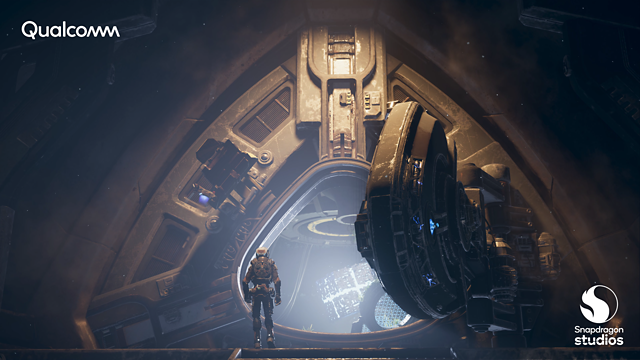
Qualcomm has officially introduced Snapdragon Game Super Resolution (GSR), a new Snapdragon Elite Gaming feature that can optimize mobile game graphics and battery consumption.
Snapdragon Elite Gaming
This promises exceptional gaming experiences for all, with numerous desktop-level gaming features. These include the ability to game at 144 frames per second (FPS) while maintaining ultra-smooth graphics with true 10-bit HDR that offers over a billion shades of color.

Moreover, Snapdragon provides access to many first-to-market mobile gaming features such as real-time Hardware Accelerated Ray Tracing, support for the latest Unreal Engine 5 updates, VRS, and Vulkan 1.3.
What is Super Resolution in Gaming?
Super Resolution in gaming refers to the technique of upscaling the resolution of a game from a lower resolution to its native resolution, thereby improving performance and saving power.
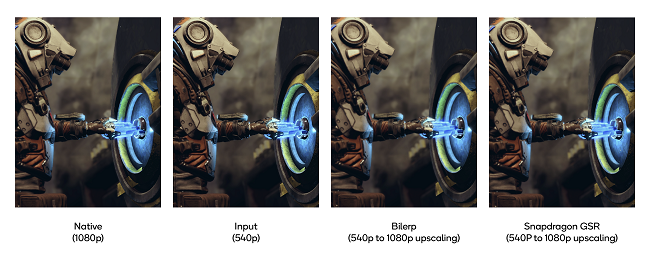
Although bilinear interpolation is a commonly used upscaling method, it can lead to blurry edges and details, negatively impacting the graphics quality. Other temporal techniques are available to improve the quality, but these require input that is not typically available in current mobile rendering pipelines.
Understanding Snapdragon Game Super Resolution (GSR)
Snapdragon Game Super Resolution (GSR) is a super resolution technique developed by Qualcomm Snapdragon Studios to achieve optimal super scaling quality with maximum performance and power savings. It is a single pass spatial aware solution and the latest first-to-market feature for mobile and XR gaming.
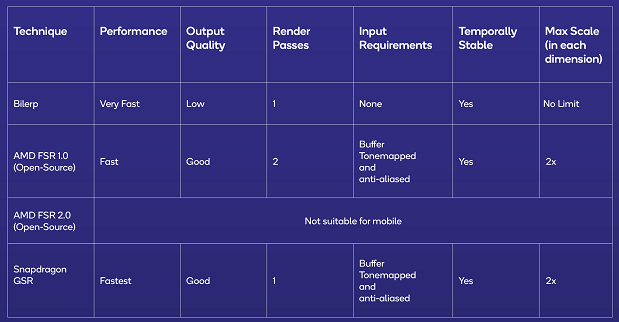
GSR is compatible with various GPUs, but it performs best on Snapdragon platforms. It is designed to enhance gaming performance and extend battery life on Snapdragon-enabled devices and is currently accessible to selected partners.
Snapdragon Game Super Resolution (GSR) offers various advantages for mobile and XR games:
- Enhances image quality by increasing resolution without compromising visual fidelity.
- Boosts frame rate, resulting in smoother gameplay.
- Cuts down on power consumption, leading to longer battery life.
- Maintains visual quality while enhancing fidelity and performance.
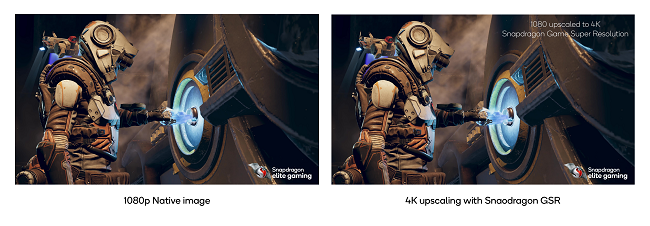
With Snapdragon GSR, gamers can enjoy sharper 4K visuals on 1080p games and experience 60+ FPS on games that were previously limited to 30 FPS. Additionally, Snapdragon GSR enables players to prioritize their preferences for resolution, frame rate, and battery life, providing a more personalized gaming experience.
How Snapdragon Game Super Resolution Works
Snapdragon GSR is a spatial upscaling technique designed for Snapdragon Adreno GPUs that uses range-aware dynamic scaling and customized pipeline to deliver high-quality graphics while saving power. It outperforms other mobile upscaling solutions by two times, as seen in the graph below.
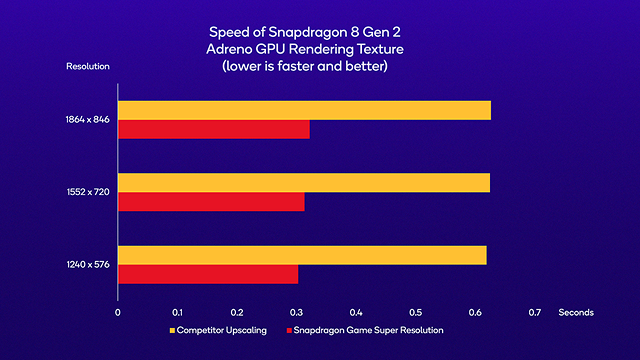
Additionally, GSR provides excellent visual quality, producing graphics that are almost identical to natively rendered game graphics.
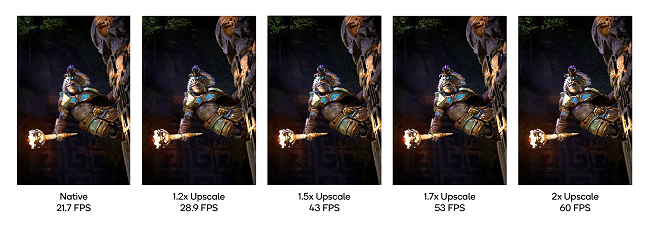
Understanding the Speed of Snapdragon Game Super Resolution on Snapdragon Hardware
Snapdragon Game Super Resolution (GSR) achieves fast upscaling on Snapdragon hardware by using as few registers, texture samples, and Arithmetic Logic Unit (ALU) instructions as possible.
Unlike other upscaling techniques that require at least two passes over the input image, GSR integrates upscaling and edge sharpening into a single pass.
This reduces latency, memory bus usage, power consumption, and increases speed. Additionally, GSR uses fewer ALU instructions and texture samples than its competitors, resulting in much better shader processor utilization, reduced frame times, and less power consumption.
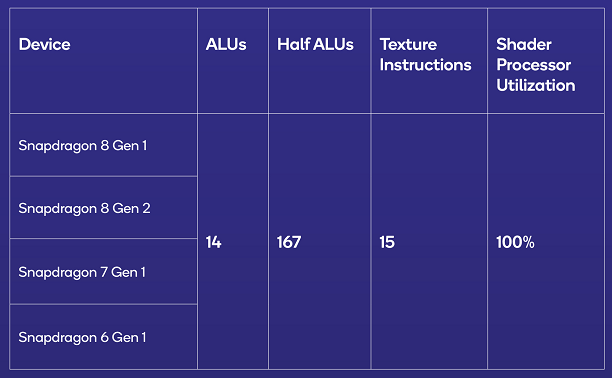
GSR uses a 12-kernel window where only the green channel is used for luminance calculation since the human eye is most sensitive to this color. Snapdragon GSR employs a three-component interpolation and utilizes only one pixel component for each sample calculation, which results in a total of 15 texture instructions.
The Adreno GPUs can fully conceal the texture sample delay, allowing the shader processors to be 100% utilized. Furthermore, GSR’s one-pass method can be combined with other post-processing methods, such as tone mapping, to enhance performance even more.
Mobile Games and XR products powered by Snapdragon GSR
Later this year, Mobile Games and XR products powered by Snapdragon GSR will launch from Leading game studios, including:

- Call of Duty Warzone Mobile
- Jade Dynasty: New Fantasy
- Return to Empire
- Justice Mobile
- Naraka Mobile
- Farming Simulator 23 Mobile
You can check out Snapdragon Game Super Resolution here.
